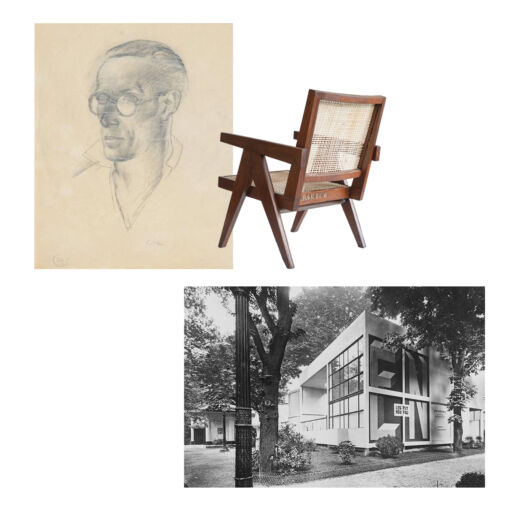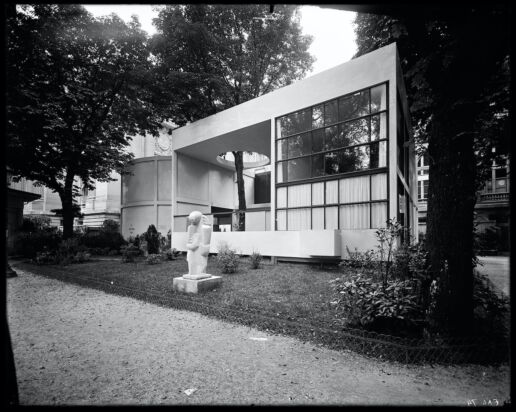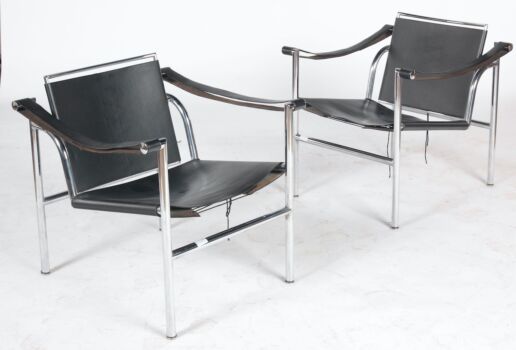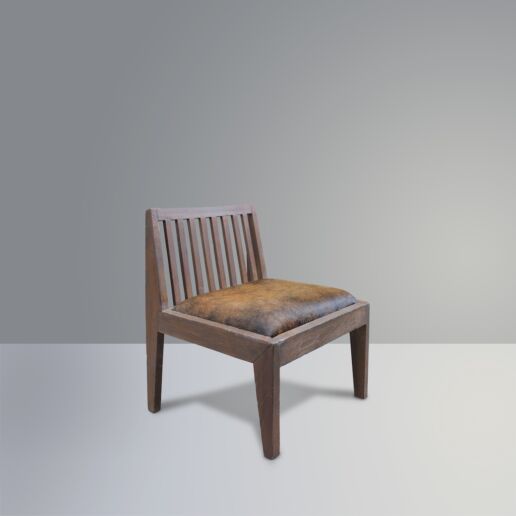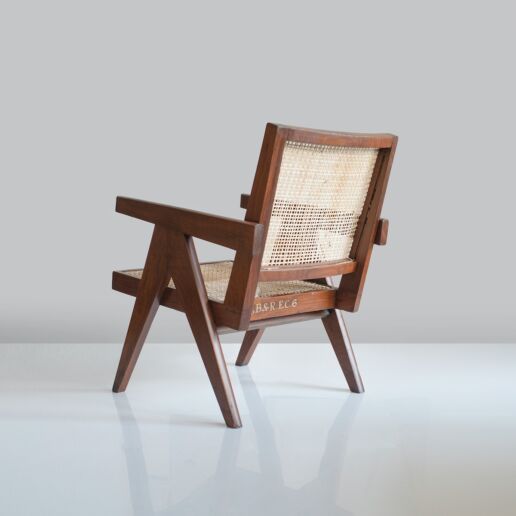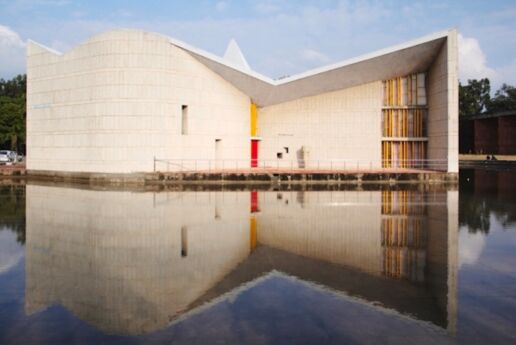FROM SWITZERLAND TO THE FOOTHILLS OF THE HIMALAYAS – PIERRE JEANNERET
Swiss architect Pierre Jeanneret does justice to his surname as a brilliant artist and iconic designer.
Iconic and modernist furniture designer and architect Pierre Jeanneret is, in fact, an undercover hero of his time. Although many argue his career was overshadowed by his cousin Le Corbusier (real name Charles Édouard Jeanneret) I believe they are the representation of the idiom “union is strength”.
As the key figure of a period that witnessed the foundations of modern design, Pierre Jeanneret was born in Geneva on 22 March 1896. He attended the fine arts school Ecole des Beaux-Arts.
After experiencing minimalist design, the architect is now remembered for his trademark iconic lounge suits. The most distinctive characteristic of his furniture emerged in his minimalist experimentations which required no fasteners.
In 1922, cousins Jeanneret and Le Corbusier opened an architecture office where they designed many buildings, including villas and vacation houses, as well as renovating existing buildings.
Le Corbusier and Jeanneret wrote the famous “Five Points Towards a New Architecture” manifesto. Known as one of the most important creations of modern architecture and international style trends, the “Villa Savoye” project is also the mastermind of Pierre Jeanneret and Le Corbusier.
In 1925, Pierre Jeanneret and Le Corbusier designed a model house which was originally called “Pavillon de l’Esprit Nouveau”. The plan was to subsequently transform the design into an apartment block. The model house was designed for one of Paris’ most important international exhibitions “International Exhibition of Modern Decorative and Industrial Arts” however, it was aesthetically and ideologically contradicting to the Art Deco style which was the prevalent theme of the exhibition. Avoiding adornments and decoration, the architects were both criticised and acclaimed for their project. In light of the harsh criticism, the cousins distanced themselves to this conservative group and founded the “The French Union of Modern Artists” in 1929 which quickly attracted new members including names like Jean Prouvé, Charlotte Perriand, Le Corbusier, Pierre Jeanneret and founder Robert Mallet–Stevens.
Pierre Jeanneret & Le Corbusier & Charlotte Perriand
In 1927, Pierre Jeanneret and Le Corbusier invited Charlotte Perriand to join their architectural partnership. They collaborated to create a furniture series using steel piping. Their definitive furniture collection “LC Series” is the outcome of a furniture design exploit which started with Pierre Jeanneret and Le Corbusier calling in Charlotte Perriand to their office. The joint venture between three creative minds led to the creation of a series of legendary designs. 1928 was the year some of the most iconic designs of the LC Series appeared on the market such as the “Basculant No. B301” chair, the “No. B306” chaise lounge, emphasising the original definition of chaise lounge and designed for Thonet and Embru, and the “Grand Comfort Club” chair. Frequently defined as aesthetic purity, these designs came to be some of the most important items of the “International Style” movement.
Pierre Jeanneret contributed significantly to Le Corbusier’s career with his architectural know-how and working discipline. Their partnership lasted about 2 decades. Although the partnership took a blow during the French Revolution, they joined forces once more for a comprehensive civic architecture project in the Indian city of Chandigarh soon after the country gained its independence.
Famed figures of the 20th century offered the people of India and travellers visiting the city a unique experience with the buildings they designed in the extraordinary vista of Chandigarh located on the foothills of the Himalayas. After a few visits to Chandigarh, Le Corbusier handed the project over to Pierre Jeanneret who ended up living in the city for 15 years. The building design featuring sayings and works by Mohandas Karamchand Gandhi is undoubtedly one of his most important works. In fact, going to Chandigarh was a turning point for Pierre Jeanneret. His relations with the locals, the ties he established and the life he built prove how devoted he was to the city of Chandigarh.
Although Jeanneret’s buildings are thematically affiliated with the idea of synthetic cubism, there is a lot of difference in terms of appearance and function. Each building was constructed meticulously in accordance with their function and careful consideration to location, the purpose of construction and purpose of use. Pierre Jeanneret might have contributed significantly to the planning and architecture of the city in collaboration with Le Corbusier, yet he is better known for his furniture from the “Chandigarh Collection” which he designed during his life in India. Important designs made with local materials and local production techniques still remain as one of the most valuable pieces for furniture collectors.
Chandigarh Challenge
Back in 1955, the industry sector in India was still very primitive which forced Pierre Jeanneret to develop new designs using traditional Indian handcrafts and materials unique to the country. He worked with local materials like teak and baston to build furniture with simple technologies. He developed several prototypes and created demountable and lightweight furniture items. Today, Pierre Jeanneret’s furniture designs still maintain their timelessness and iconic depth.
Equipped with similar creative talents, the Jeanneret cousins evolved into accomplished architects. Pierre’s calm and introvert disposition might have caused unfair competition at times, however, his disciplined and unfaltering character and experimental approach to his interests helped him get a lead role in life with the Chandigarh project. He found himself heading the Chandigarh project after distancing himself to the architectural dogma in Europe. The famed architect died in December 1967. To commemorate his legacy, the Chandigarh Administration restored the residence he lived in for 15 years in 2017, the anniversary of his 121st birthday. Retrospectively looking at the designer’s life, I feel a sense of admiration for Pierre Jeanneret’s distinguished and qualified image which stems from his compendious existence.


